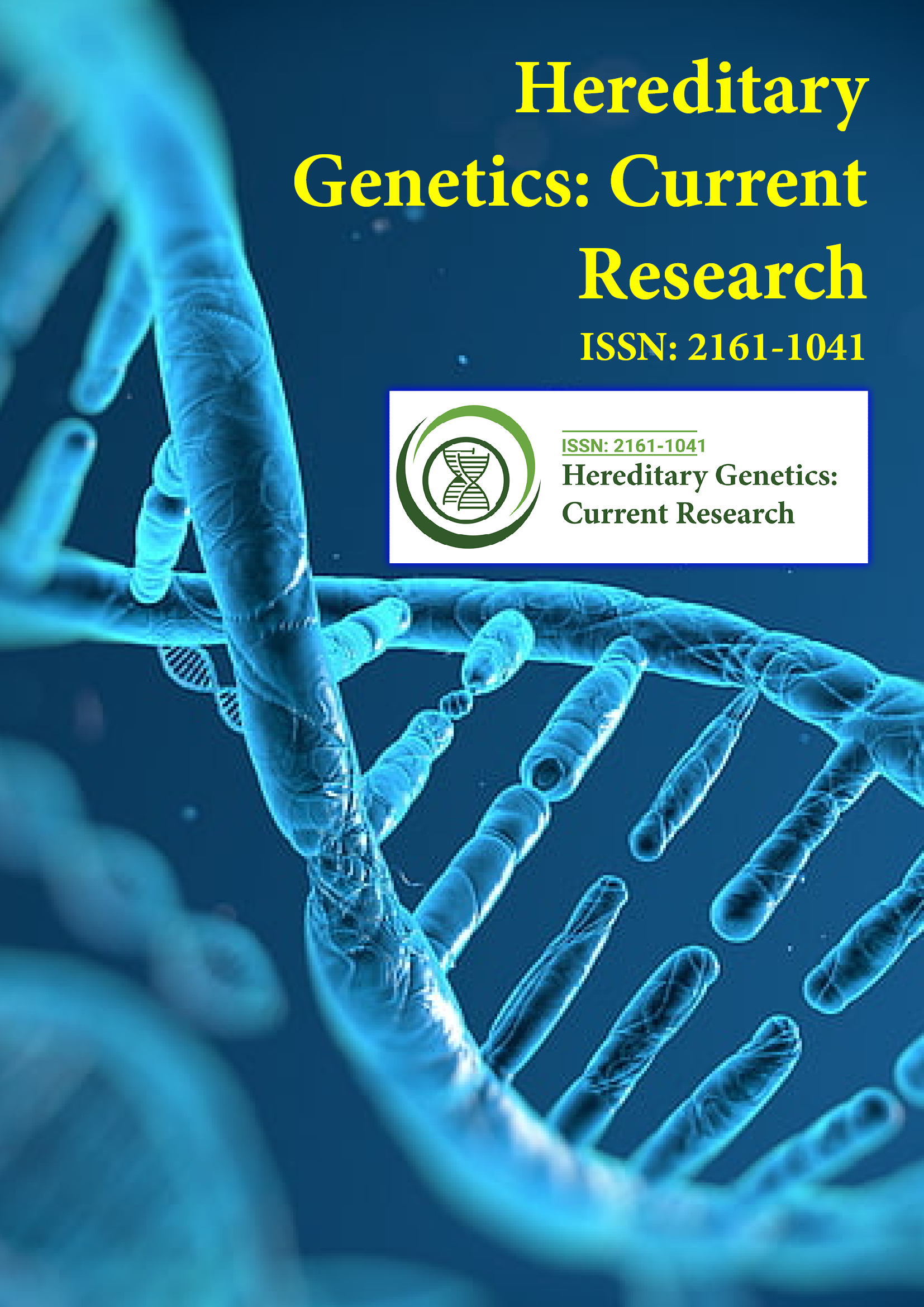Индексировано в
- Open J Gate
- Журнал GenamicsSeek
- CiteFactor
- RefSeek
- Университет Хамдарда
- ЭБСКО АЗ
- NSD - Норвежский центр исследовательских данных
- OCLC- WorldCat
- Паблоны
- Женевский фонд медицинского образования и исследований
- Евро Паб
- Google Scholar
Полезные ссылки
Поделиться этой страницей
Флаер журнала

Журналы открытого доступа
- Биоинформатика и системная биология
- Биохимия
- Ветеринарные науки
- Генетика и молекулярная биология
- Еда и питание
- Иммунология и микробиология
- Инжиниринг
- Клинические науки
- Материаловедение
- медицинские науки
- Науки об окружающей среде
- Неврология и психология
- Общая наука
- Сельское хозяйство и аквакультура
- Сестринское дело и здравоохранение
- Управление бизнесом
- Фармацевтические науки
- Химия
Абстрактный
Clinical, Genealogical and Molecular Genetic Studies - Among Twins with Familial Breast Cancer
Kitsera N, Helner N, Shparyk Ya and Osadchuk Z
Breast cancer (BC) is one of the most common malignant diseases in which incidence of cancer structure of the female’s population ranked first, accounting for 19.6% in Ukraine.
Aim: To analyse the most common Slavic mutations in the genes BRCA1/2 among twin women with BC with family history on this pathology.
Materials and methods: The material of our study were pedigrees and DNA samples from 120 patients diagnosed with BC who were treated in the Lviv Regional State Cancer Diagnostic Center from June 2008 to December 2012. Molecular-genetic method determined the presence of seven mutations in the gene BRCA1 (185delAG, 4153delA, 5382InsC, 188del11, 5396 +1 G> A, 185InsA, 5331 G> A) and 3 gene mutations in BRCA2 (6174delT, 6293S> G, 6024delTA) by allele-specific polymerase chain reaction.
Results: From 120 patients diagnosed with BC Slavic mutations in the genes BRCA1/2 were found in 5 patients (4.2%). We study pedigrees in 3 pairs of twins where both sisters had BC and 2 pairs of twins where one of sister had BC Among 5 pairs of twins (10 women) 8 of them had BC and only 2 were healthy. BC was diagnosed at age 37-45 in six females and only in family at age 47-48 years.
All 8 women with BC mutations of genes BRCA1/2 were tested. The 6 women with BC no 10 Slavic mutations BRCA1/2 were found. Elder sister from DZ twins had ovarian and breast cancer (tested BRCA1 5382InsC mutation positive) died aged 50. A rare gene mutation BRCA2 c.6405_6409delCTTAA (p.Asn2135fs) was found in older sister of MZ twins at age 41with bilateral breast cancer.
Among 3 pairs of twins (2 DZ and 1 MZ) both sisters were affected. In families with two affected twins only II-III degree relatives were BC diagnosed. Among 5 pairs of twins BC was diagnosed in I-III degree relatives in four families. BC affected mothers were recognized in two pairs of DZ twins.
Conclusion: Cancer incidence in twins is not always caused by known mutations. When disease had one of twins, the other female has a more higher risk for BC. It is not always caused by known mutations and can be an important model for the study of genetic aspects of BC.